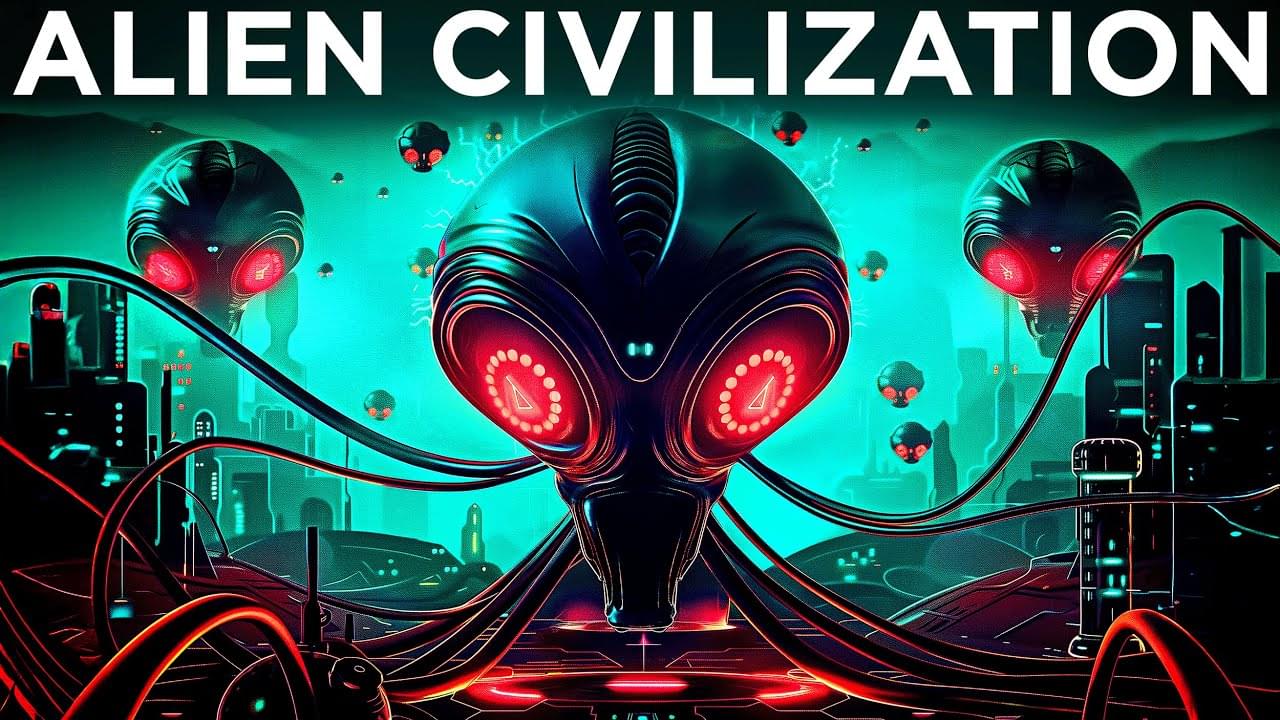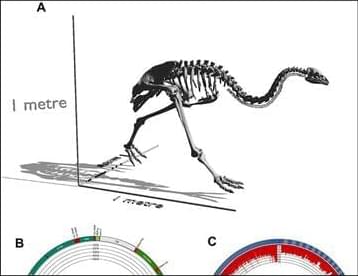May 26, 2024
Powering munitions through sprayable nanotechnology
Posted by Dan Breeden in categories: drones, energy, military, nanotechnology, sustainability
“Batteries are the crux of many of the most important emerging technologies in both the civilian world and, important to our profession, on the battlefield,” said United States Military Academy Cadet Michael Williams. “More energy dense batteries allow, for instance, greater range on electric vehicles, longer battery lives for radios, and longer flight times for drones. Our work helps make manufacturing these batteries easier.”
Cadets Michael Williams, Avery Patel, and Nancy Astable have been working on a long-term project with their faculty mentors Dr. Enoch Nagelli, Dr. Simuck Yuk, and Army Col. John Burpo to develop new ways to maximize energy storage and generation for the U.S. Army Combat Capabilities Development Command’s Armaments Center. In collaboration with Cornell University, the team at USMA’s Department of Chemistry and Life Sciences is pursuing innovative approaches to increasing the quality and use of batteries and fuel cells.
The value of conducting scientific research to solve real-world problems is clear to the cadets.

















